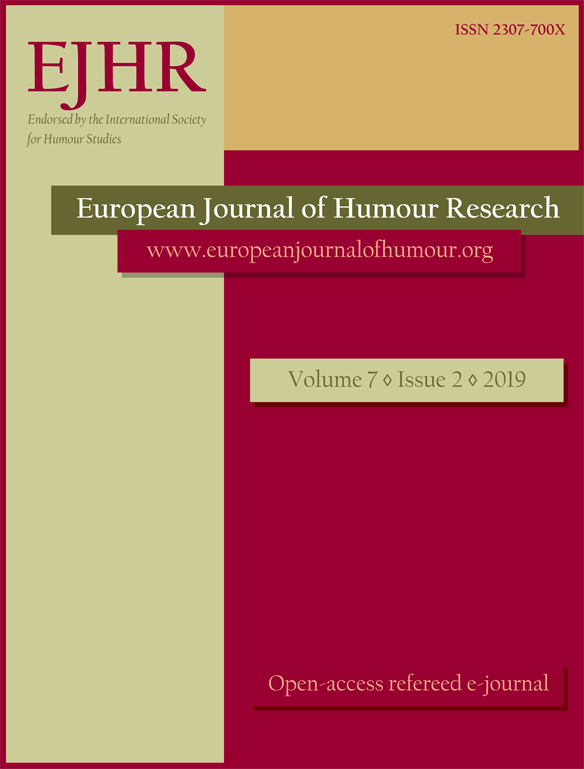Gender stereotypes depicted in online sexist jokes
Gender stereotypes depicted in online sexist jokes
Author(s): Anastasia Nelladia Cendra, Teresia Dian Triutami, Barli BramSubject(s): Anthropology, Social Sciences, Language and Literature Studies, Customs / Folklore, Theoretical Linguistics, Applied Linguistics, Sociology, Semantics, Pragmatics, Descriptive linguistics, Cultural Anthropology / Ethnology, Culture and social structure , Identity of Collectives
Published by: Krakowskie Towarzystwo Popularyzowania Wiedzy o Komunikacji Językowej Tertium
Keywords: gender stereotype; General Theory of Verbal Humour (GTVH); joke; sexist; discourse analysis; laughfactory.com
Summary/Abstract: This research aimed to explore gender stereotypes depicted in online sexist jokes collectedfrom laughfactory.com. Linguistically speaking, jokes as a subtype of humour have become acommon phenomenon in our everyday lives. Unfortunately, not all jokes can bring positivevibes for everyone. Yet, these forms of jokes are still commonly found, especially on theInternet. Some online sources, including websites of jokes, present a lot of collections of jokesfor fun, but a number of the jokes are categorized as sexist jokes, which might also beregarded as offensive in a certain context. Data were collected from the laughfactory.comwebsite and then were analysed by using the three-dimensional model of Critical DiscourseAnalysis (CDA) and the General Theory of Verbal Humour (GTVH). Results showed that themajority of the jokes observed were targeted at women (90%) and a small number wastargeted at men (10%). Women were stereotyped as sexual objects, emotionally expressivebeings, homemakers, being talkative, being stupid or brainless, and belonging to a lower classthan men. Men, on the other hand, were stereotyped as worse than women.
Journal: The European Journal of Humour Research
- Issue Year: 7/2019
- Issue No: 2
- Page Range: 44-66
- Page Count: 23
- Language: English

